Description
Alocasia Tigrina, also known as the “Tiger Alocasia,” is a stunning tropical plant known for its striking, deeply-veined, arrow-shaped leaves that feature a rich green color with bold contrasting patterns. The undersides of the leaves are often a deep purple or maroon, adding to its dramatic appearance. Native to Southeast Asia, this plant is prized for its unique foliage and bold presence, making it an excellent choice for plant collectors or anyone looking to add a touch of the exotic to their indoor spaces.
- Full Botanical Name: Alocasia Tigrina
- Common Names: Tiger Alocasia
- Country and/or Region of Origin: Native to Southeast Asia
- Growing Conditions in Native Habitat: Grows in tropical forests where it receives filtered light and thrives in rich, well-draining soils in humid environments
- Care Guide:
- Light: Prefers bright, indirect light. Too much direct sunlight can scorch the delicate leaves, while too little light may result in slower growth and less vibrant foliage. Keep in a location with bright, filtered light for optimal growth.
- Ideal Room: Ideal for living rooms, offices, or bathrooms with sufficient light and humidity. It’s perfect for adding a tropical flair to your indoor space, particularly in areas that provide high humidity.
- Feeding: Fertilize every 4-6 weeks during the growing season (spring to summer) with a diluted, balanced liquid fertilizer. Reduce feeding during the fall and winter months when the plant is not actively growing.
- Humidity: Prefers high humidity. Misting the plant regularly, using a humidity tray, or placing it in a humid environment will help it thrive, especially in drier indoor conditions.
- Ideal Temperature: Best kept between 65°F and 80°F (18°C to 27°C). It should be protected from cold drafts and temperatures below 50°F (10°C), as it is sensitive to cold.
- Watering: Water when the top inch of soil feels dry. Ensure that the soil is well-draining, as Alocasia Tigrina is prone to root rot if overwatered. Let the soil dry slightly between waterings, but avoid letting it dry out completely.
- Pet/Child Safe: Toxic to pets and children if ingested. Keep out of reach of animals and young children to prevent accidental ingestion, which can cause irritation or digestive upset.
- Soil Type: Use a well-draining, organic potting mix. A mix formulated for aroids, or one with added perlite or orchid bark, will help ensure proper drainage and aeration for healthy root growth.
- Propagation: Propagate by division during repotting. Carefully separate the plant into smaller sections, ensuring that each division has roots and healthy foliage, and replant each section in fresh soil.
- Eventual Height and Spread: Typically grows up to 2-3 feet (60-90 cm) tall, with a spread of 1-2 feet (30-60 cm), making it an excellent choice for small to medium-sized spaces or decorative plantings.
- Growth Rate: Moderate-growing. It produces large, dramatic leaves and can spread out as it matures, filling spaces with its striking foliage.
- Pests and Treatment: Generally resistant to pests, but may occasionally attract mealybugs, aphids, or spider mites. Treat infestations with insecticidal soap or neem oil to prevent damage and keep the plant healthy.
- Repotting: Repot every 1-2 years or when the plant becomes root-bound. Choose a pot that is slightly larger than the current one to allow healthy root growth, and ensure it has good drainage to prevent water retention.
- Pruning: Prune dead or yellowing leaves regularly to maintain the plant’s appearance. Pruning also helps keep the plant looking fresh and encourages new growth.
- Air Purification: Like many tropical plants, Alocasia Tigrina helps purify the air by removing common indoor toxins such as formaldehyde and benzene, improving air quality in your home or office.
- Folklore: Alocasias are often associated with strength, resilience, and vitality. In some cultures, they are believed to bring good luck and prosperity, making them a popular choice for indoor plant collections.



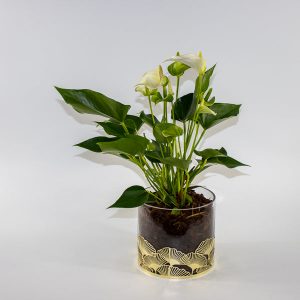
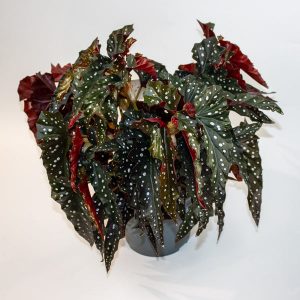
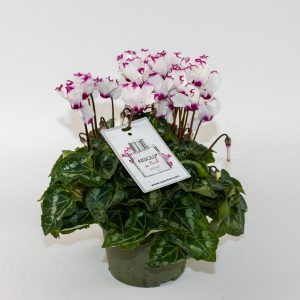
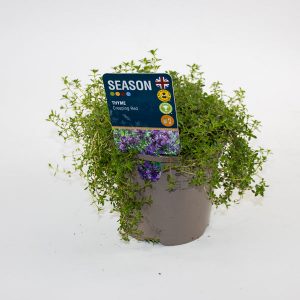

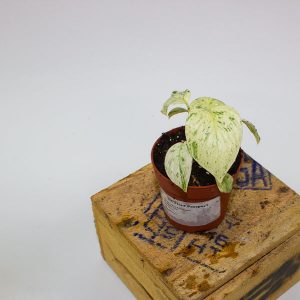

Reviews
There are no reviews yet.